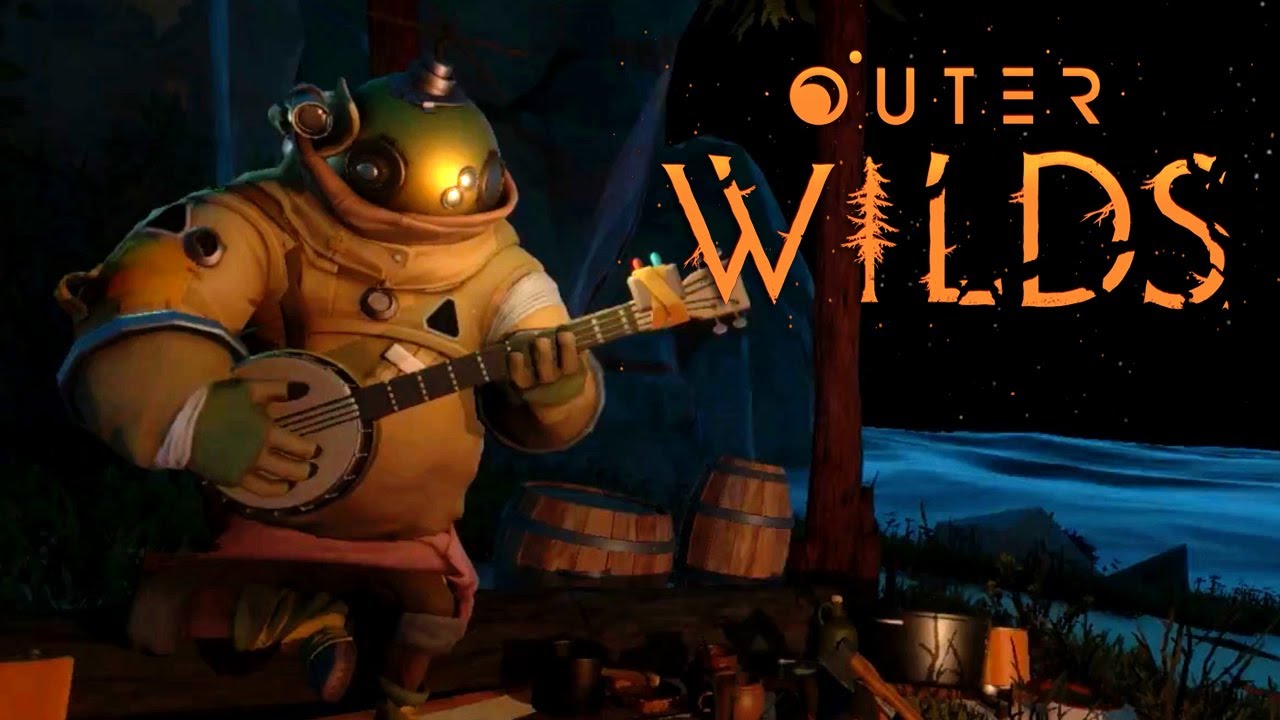
Obsidian Entertainment, a developer under Microsoft, has had an eventful year. In February, the studio launched “Avowed,” its own fantasy RPG, which was followed in July by the early access release of the cooperative sequel “Grounded 2.” Now, it wraps up the year with “The Outer Worlds 2,” a follow-up to its praised 2019 sci-fi RPG.
Obsidian’s titles are known for their intricate writing and immersive worldbuilding, emphasizing player agency. In both “Avowed” and “The Outer Worlds,” players are prompted to forge their own paths through story missions, side quests, and dialogue. While “The Outer Worlds 2” doesn’t drastically deviate from its forerunner, it retains the successful elements of the original. Nevertheless, it also carries over some shortcomings, particularly regarding its overt writing style.
“The Outer Worlds 2” is set in a fresh locale: a space colony named Arcadia. In this setting, the player takes on the role of an agent for the Earth Directorate, responsible for upholding the rapport between Earth and its colonies. With rifts in spacetime beginning to manifest, the player is dispatched to investigate. An enormously catastrophic event ensues, leaving you adrift in space for a decade prior to awakening. It sets a captivating premise for the initial mission.
Since that moment, Arcadia has found itself between two rival forces: The Protectorate and Auntie’s Choice. The former holds a monopoly on space travel technology, while the latter is a megacorporation established by the pharmaceutical giant Auntie Cleo and the producer Spacer’s Choice.
Throughout the game, these two factions vie over how to harness technology to exploit the rifts for their own ends. It presents an engaging scenario, albeit occasionally burdened by the writing.
Critiques of capitalism within “The Outer Worlds 2” come across as overly straightforward. Although the writing and dialogue options are diverse and amusing, they often lack nuance. During a side quest, I was instructed by Annie’s Choice to sabotage a strike, and the vice president expressed shock at the workers’ demands. My dialogue choices included cheeky comments regarding collective bargaining and labor rights. While these topics can be explored effectively, as seen in titles like “Bioshock,” the tone in “The Outer Worlds 2” may be off-putting.
This irony is further highlighted by the fact that the game is published by Microsoft and Xbox Studios, which have been conducting layoffs while pursuing advancements in AI. After Nintendo priced Mario Kart World at $80, Microsoft mirrored this move by elevating the cost of “The Outer Worlds 2” to $80, only to reverse the decision following fan criticism. The repetitive anti-capitalist jabs in the game tend to diminish their effect.
The game’s engaging companions help to balance this tone. You can recruit six allies, each boasting unique personalities. My favorites were Valerie and Aza. Valerie is a support drone focused on healing and damage mitigation, possessing a robotic persona that interprets everything in a literal sense. In one exchange, I inquired about Valerie’s weight to determine her capacity for carrying heavy items, but she interpreted it as me wishing to ride her like a vehicle. It’s a different sort of sarcastic remark that alters the game’s vibe.
Aza stands out as she isn’t linked to the Earth Directorate, Auntie’s Choice, or the Protectorate. Instead, she’s a member of the Glorious Dawn, a cult that venerates the rifts. She is wonderfully aggressive and bloodthirsty, introducing a mean streak reminiscent of the humor found in “Borderlands.”
Companion quests are also available, offering deeper character development than simply following the main story missions. They are worthwhile pursuits, as they enhance your appreciation for the companions, provide experience for leveling up, and yield valuable rewards.
“The Outer Worlds 2” shines through its strong role-playing features. The character customization tool offers extensive cosmetic choices, such as altering hairstyles and head shapes. It’s easy to spend a lot of time crafting your perfect character. Notably, its trait and skill system stands out.
Players can select up to two beneficial traits, like Brawny, which allows you to exert brute strength to open malfunctioning doors, and Lucky, which sometimes aids in tricky situations. For instance, Lucky assisted me in solving a math problem on the first attempt.
Depending on your selected traits, certain challenges in the game may become easier or more difficult to overcome. This selection can significantly alter your gameplay experience, boosting replay value. If you opt for two positive traits, you must also select a negative trait, such as being perpetually ill or dimwitted. The former reduces your maximum HP, while the latter restricts the skills you can acquire. It’s a trade-off that necessitates adaptability.
You are also able to specialize in two skills, aligning your character with your preferred playstyle. I tend to avoid conflict and prefer verbal persuasion, so I chose Speech as one of my skills. This allows me to sway others in conversations and potentially receive discounts in stores. I can even bypass boss encounters by persuading them to yield, provided my Speech skill is sufficiently high and I’ve gathered specific information.
As you progress in levels